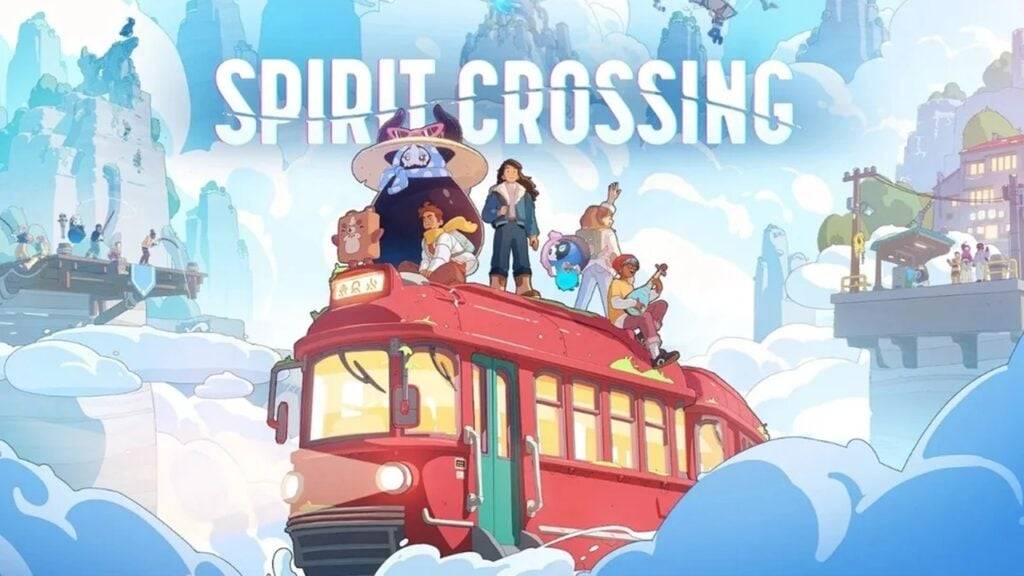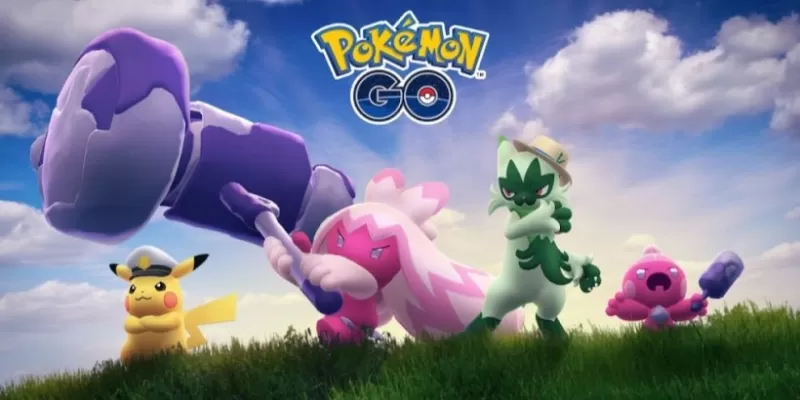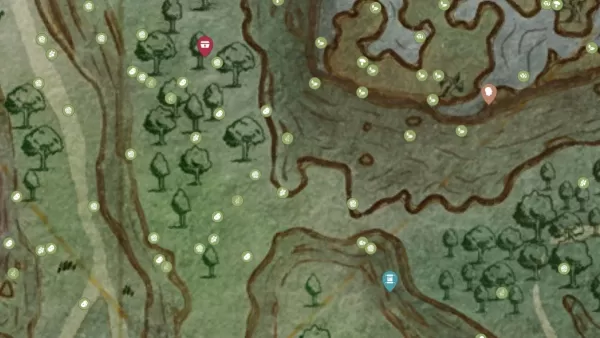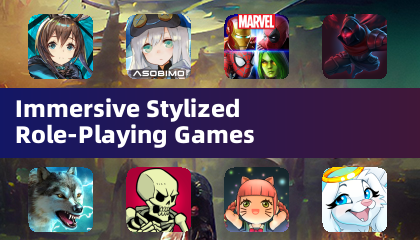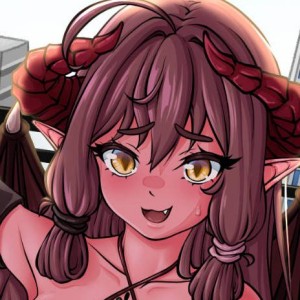With Monster Hunter Wilds breaking Steam records and the Resident Evil series more popular than ever, thanks to Village and a series of stellar remakes, it's clear that Capcom has hit a remarkable stride. Yet, this wasn't always the case. Less than a decade ago, Capcom faced significant challenges after a string of critical and commercial flops that left the company struggling to maintain its footing and connect with its audience.
Capcom grappled with an identity crisis. The Resident Evil franchise, a pioneer in the survival horror genre, had drifted away from its roots following the release of Resident Evil 4. Similarly, Street Fighter, another cornerstone of Capcom's portfolio, stumbled with the poorly-received Street Fighter 5. These setbacks could have spelled the end for Capcom and its beloved franchises.
However, amidst these challenges, Capcom found a way to rejuvenate its core series. A strategic shift in game development, bolstered by the adoption of a powerful new game engine, breathed new life into these franchises. This revitalization sparked a period of critical and financial success that has propelled Capcom back into the gaming industry's spotlight.
Resident Evil Lost Its Way
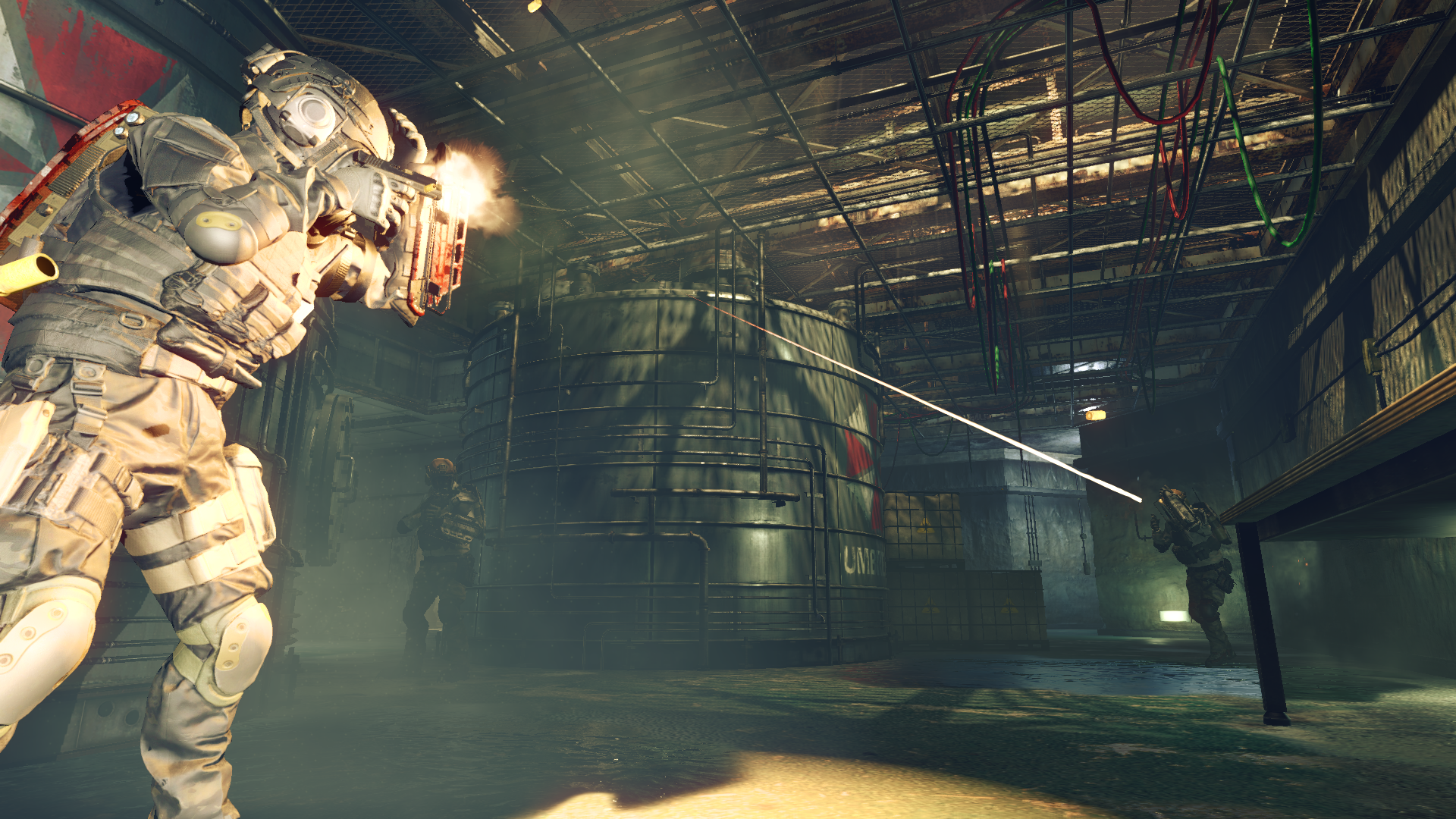 Resident Evil 6 marked a low point for the mainline series. Credit: Capcom
Resident Evil 6 marked a low point for the mainline series. Credit: Capcom
2016 was a challenging year for Capcom. The release of Umbrella Corps, an online co-op shooter, was met with harsh criticism from both reviewers and fans. Meanwhile, Street Fighter 5 disappointed many with its lackluster content and poor online functionality. The release of Dead Rising 4 marked the end of new entries in that series, despite the return of the beloved character Frank West.
These were difficult times for Capcom, as it struggled to recapture the magic of its past successes. The mainline Resident Evil games received increasingly lukewarm reviews despite strong sales, and Street Fighter was faltering. Other key franchises like Devil May Cry were absent, and Monster Hunter, while hugely successful in Japan, faced challenges in expanding internationally.
"Many of us started feeling that what the fans and players wanted from the series was getting a little bit separate from what we were making," reflects a Capcom developer. This disconnect was a far cry from Capcom's current standing. Since 2017, the company has been on a roll, releasing hit after hit from its iconic franchises, including Monster Hunter World, Devil May Cry 5, Street Fighter 6, and a series of critically acclaimed remakes and a soft reboot of the Resident Evil series.
This turnaround was not just about learning from past mistakes; it required a complete overhaul of Capcom's strategy, from its target audience to the technology it used. IGN spoke with four of Capcom's leading creatives to understand how the company managed to recover from its lows and achieve unprecedented success.
Founded in 1979 as a manufacturer of electronic game machines, Capcom rose to prominence in the '80s and '90s with iconic 2D games like Street Fighter and Mega Man. The transition to 3D gaming with titles like Resident Evil marked a new era for the company. Between 2000 and 2010, Capcom successfully modernized its classic franchises, culminating in the release of Resident Evil 4, widely regarded as one of the greatest games ever made.
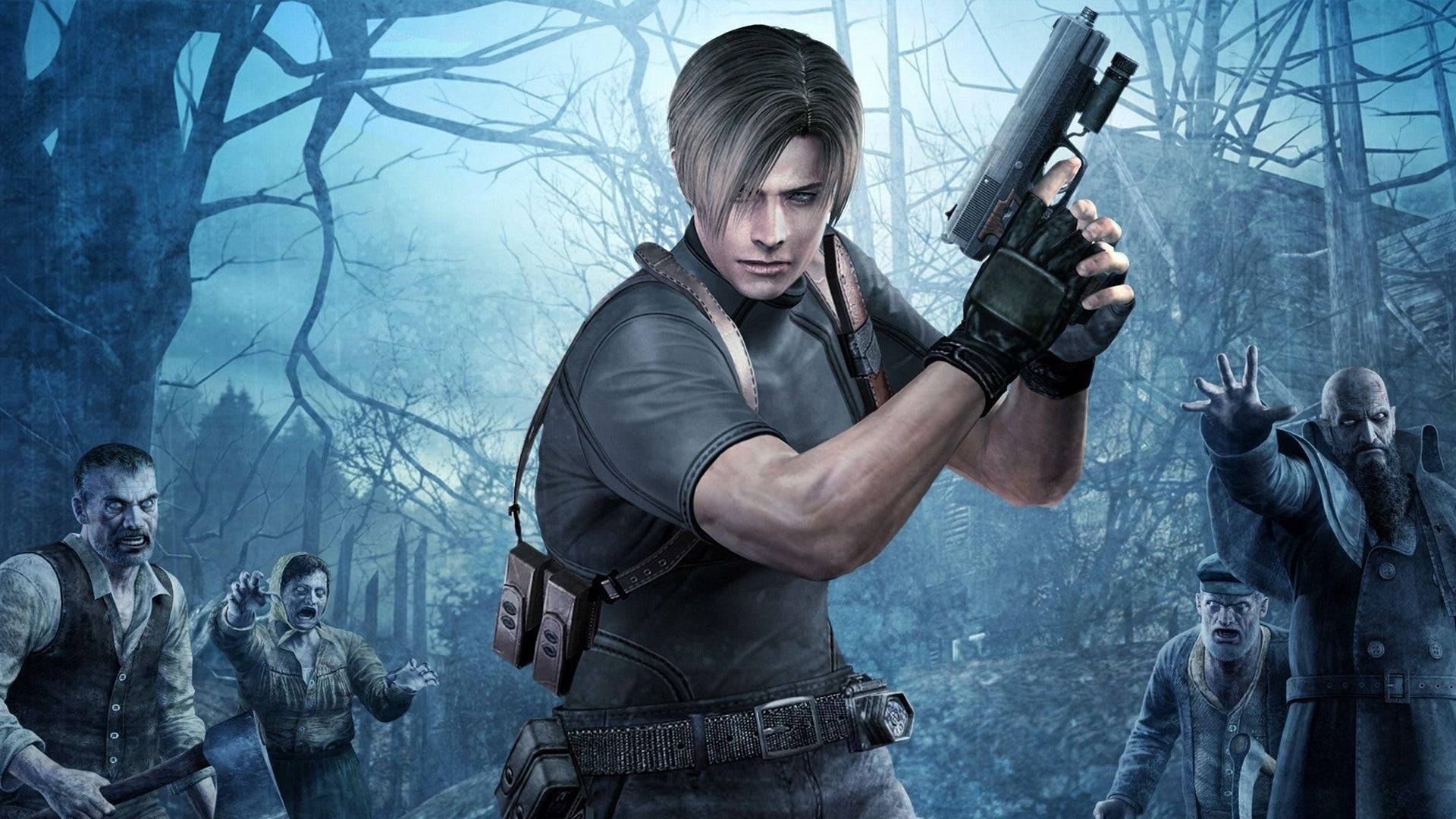 The GOAT Resident Evil game? Credit: Capcom.
The GOAT Resident Evil game? Credit: Capcom.
Resident Evil 4, released in 2005, is often celebrated for its masterful blend of horror and action. However, this balance was lost in subsequent games. Resident Evil 5 shifted towards more action-oriented gameplay, with scenes more reminiscent of action movies than horror. This shift highlighted a growing identity crisis within the series, as noted by Resident Evil 4 remake director Yasuhiro Ampo, who has been involved with the series since 1996.
"Overall throughout the Resident Evil series, we set up different goals, challenges, and things we want to try with each game… But this time, many of us started feeling that what the fans and players wanted from the series was getting a little bit separate from what we were making," Ampo explains.
This confusion led to Resident Evil 6, which attempted to cater to both action and horror fans but failed to satisfy either group fully. The game split its focus between six playable characters and three unique storylines, diluting the core experience. Fans expressed their disappointment online, and Capcom continued experimenting with spinoffs that ventured into new genres like online co-op.
The struggles were not limited to Resident Evil. Following the success of Street Fighter 4, the sequel, Street Fighter 5, was criticized for its lack of single-player content and poor online performance. Capcom's other franchises, like Devil May Cry, also faced challenges, with the outsourced DmC: Devil May Cry receiving mixed reactions from fans.
The early to mid-2010s were marked by a series of misfortunes for Capcom, with key franchises struggling to replicate past successes and new titles like Lost Planet and Asura's Wrath failing to capture audiences. The occasional bright spot, such as Dragon's Dogma, was overshadowed by the company's overall lack of focus.
It was clear that Capcom needed to make significant changes.
Street Fighter 5, The Lost Cause
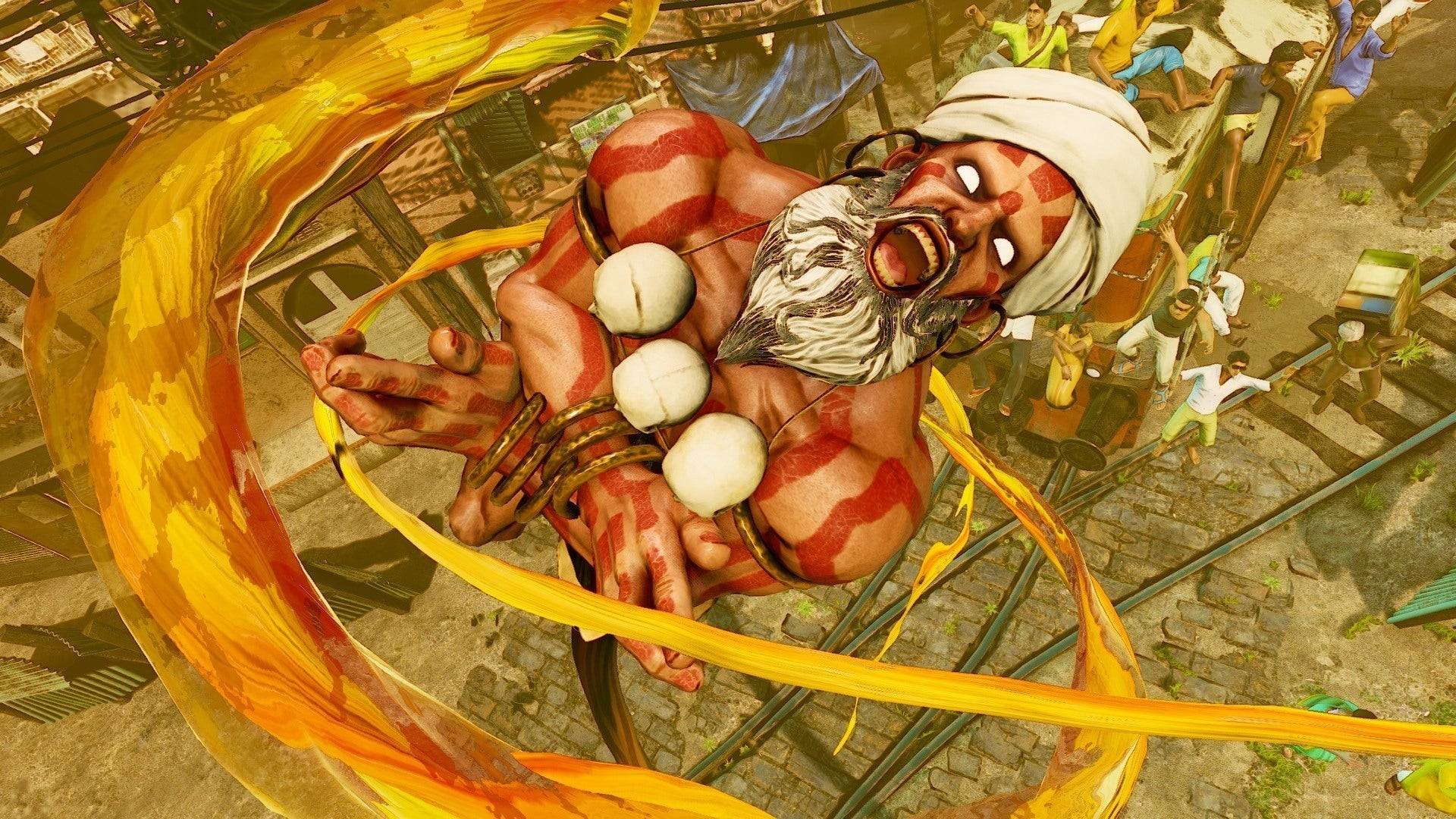 Street Fighter 5 was a let down. Credit: Capcom.
Street Fighter 5 was a let down. Credit: Capcom.
By the mid-2010s, Capcom began implementing strategic changes that would transform the company's fortunes. The first step was addressing the issues with Street Fighter 5. Directors Takayuki Nakayama and producer Shuhei Matsumoto were brought in to stabilize the game and regain the trust of fans.
"There definitely were some challenges within the production of the game, and that was part of the reason why I was brought into the team," Nakayama admits. The constraints of the game's development limited what the team could achieve, but they focused on fixing the most pressing issues and laying the groundwork for Street Fighter 6.
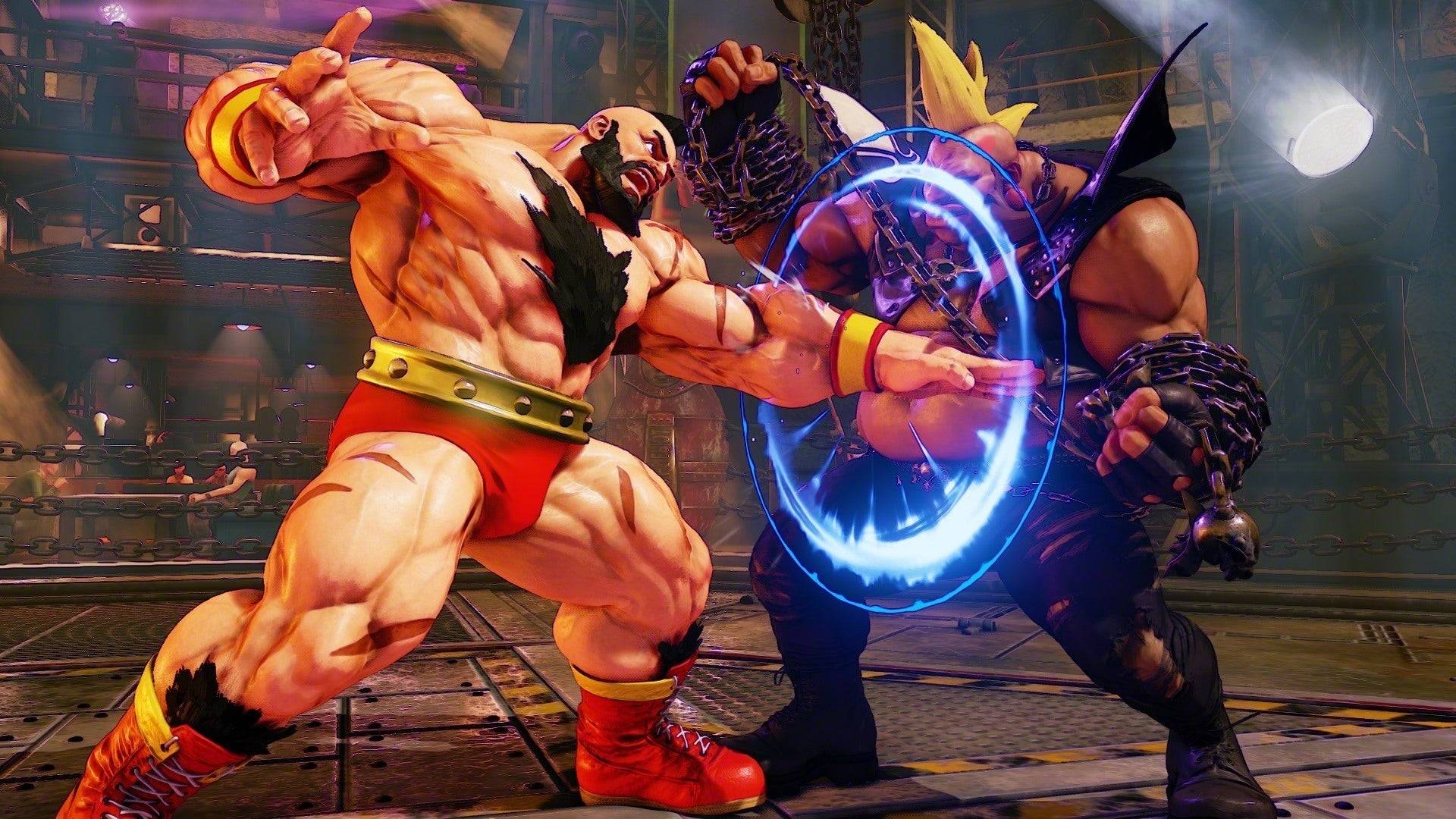 Street Fighter 5 would be improved into Street Fighter 5: Arcade Edition. Credit: Capcom.
Street Fighter 5 would be improved into Street Fighter 5: Arcade Edition. Credit: Capcom.
"We just didn’t really have enough time to address some of the problems and challenges we faced in Street Fighter V," Nakayama says. The team treated Street Fighter 5 as a testing ground, learning from their mistakes to inform the development of Street Fighter 6.
Matsumoto adds, "There wasn’t any sort of sense of like, ‘Okay let’s just end Street Fighter 5 and focus on Street Fighter 6.’ It was more like, while we were working on Street Fighter V, we were trying to figure out what we really wanted to do in Street Fighter 6 content-wise."
The team experimented with various updates, from improving the netcode to introducing new characters and mechanics like V-Shift, which they tested in Street Fighter 5 before implementing in Street Fighter 6. The overarching goal was to rediscover the fun in fighting games, which Street Fighter 5 had struggled to maintain.
"We both realized that fighting games are fun, and when you get used to them, it becomes more enjoyable and something you can essentially play forever as long as you have an opponent to play against," Matsumoto explains. The team aimed to create a clear pathway for players to reach that level of enjoyment.
Street Fighter 6 ultimately launched as one of the most critically acclaimed games in the franchise, thanks to the lessons learned from Street Fighter 5. However, Capcom recognized the need for a more substantial strategic shift to prevent future missteps.
Monster Hunter Took Over The World
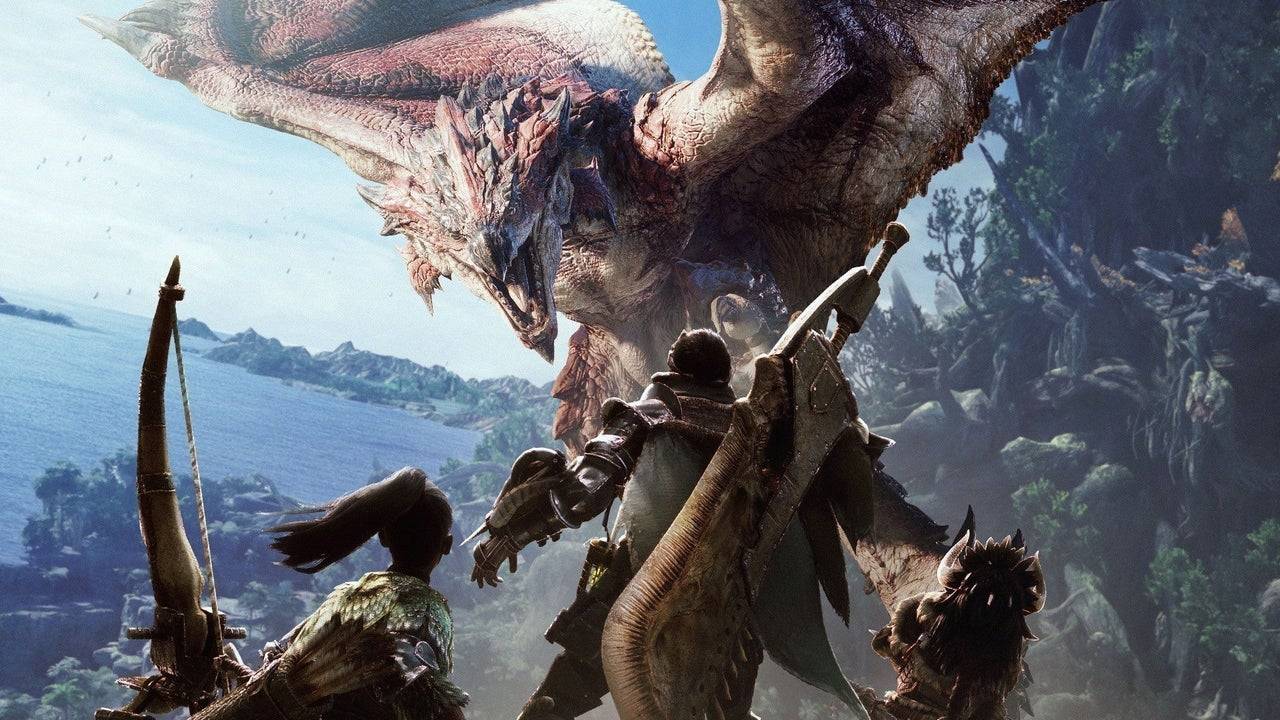 The start of the Monster Hunter revolution. Credit: Capcom.
The start of the Monster Hunter revolution. Credit: Capcom.
Around the time of Street Fighter 5's launch in 2016, Capcom underwent an internal reorganization to prepare for a new generation of games. This included adopting the company's new RE Engine, which replaced the aging MT Framework. The change was not just about technology but also about creating games that appealed to a global audience.
"It was a few factors that came together," says Hideaki Itsuno, a former game director at Capcom known for his work on Devil May Cry. "The change of the engine and also all teams were given a very clear goal at that point to make games that reach the global market. [Games] that are fun for everyone."
During the PS3 and Xbox 360 era, Capcom had tried to capture the Western market with action-heavy games like Resident Evil 4 and spinoffs like Umbrella Corps and Lost Planet. However, these efforts were largely unsuccessful. Capcom realized it needed to focus on creating universally appealing games.
"I think that we had that clear goal of just focusing and not holding anything back towards making good games that would reach people from all over the world," Itsuno says. The changes in organization and technology came together around 2017, leading to a Capcom renaissance with the launch of Resident Evil 7.
The Monster Hunter series epitomizes Capcom's new goal of global success. While it had a dedicated fanbase in the West, the series was predominantly popular in Japan. The success of Monster Hunter Freedom Unite on the PSP, which thrived in Japan's strong handheld market, contributed to this regional disparity.
"20 years ago in Japan, having a network connection wasn't as easy, and there weren’t a huge amount of people playing Monster Hunter online. However, handheld consoles made multiplayer gameplay easy without internet access, and I regard it as a great success that we had players experience the game in this way," explains executive producer Ryozo Tsujimoto.
This focus on local multiplayer inadvertently reinforced Monster Hunter as a Japan-centric brand. However, as internet infrastructure improved globally, Tsujimoto saw an opportunity to launch Monster Hunter: World, the franchise's most globally accessible game to date.
Released in 2018 on PlayStation 4, Xbox One, and PC, Monster Hunter: World was a significant departure for the series, offering AAA console-quality action with enhanced graphics and expansive environments. Tsujimoto notes, "Our approach to the globalization of the series and Monster Hunter in general really ties into not only the themes that we had going into designing the game, but also in the name of the game. The fact that we called it Monster Hunter: World is really kind of a nod to the fact that we wanted to appeal to this worldwide audience that we wanted to really dig into and experience Monster Hunter for the first time."
Monster Hunter: World was released simultaneously worldwide, without region-specific content, aligning with global standards. The team conducted global focus tests to refine the game's systems and broaden its appeal, resulting in changes like displaying damage numbers when players hit monsters. This approach led to unprecedented success, with Monster Hunter: World and its follow-up, Monster Hunter Rise, selling over 20 million copies each.
"At its heart, Monster Hunter really is an action game, and that sense of accomplishment you get from really mastering that action is an important aspect of Monster Hunter," Tsujimoto explains. The team focused on guiding new players to that sense of accomplishment, analyzing player feedback to refine the game's systems for the latest title, Monster Hunter Wilds.
Resident Evil 7 Began Turning Things Around
 Welcome to the family. Credit: Capcom.
Welcome to the family. Credit: Capcom.
While Monster Hunter had a winning formula, Resident Evil faced the challenge of deciding between its action and survival horror elements. Executive producer Jun Takeuchi made the pivotal decision to return to the series' survival horror roots.
"It was around the time I was working on Resident Evil Revelations 1 and 2. I was trying to test different things, try different approaches," recalls Yasuhiro Ampo, director of Resident Evil 2 and 4 Remakes. "And around this time is when the R&D teams were divided into R&D division one and two. The executive producer of the Resident Evil series, Jun Takeuchi, took command of R&D division one, and he set the core direction that the Resident Evil series needed to go back to its origins, to its roots."
Resident Evil 7, announced at PlayStation's E3 2016 conference, marked a significant shift to a first-person perspective, reintroducing the series' signature horror elements. "With Resident Evil 7, the executive producer, Jun Takeuchi, made it clear that we cannot underestimate how critical it is for the series for it to be scary and about survival," Ampo says.
The game was a resounding success, bringing back the series' horror roots with its unsettling southern gothic setting. While new mainline titles like Resident Evil 7 and 8 remained in first-person, Capcom also released third-person remakes, starting with Resident Evil 2, driven by fan demand and the success of fan projects.
"It was like, ‘all right people really want this to happen.’ So producer [Yoshiaki] Hirabayashi came up with the slogan: ‘Well, we’ll do it,’" Ampo reveals. The Resident Evil 2 remake became the second best-selling game in the franchise, blending horror with action and puzzles.
Following this success, Capcom remade Resident Evil 3 and then tackled the beloved Resident Evil 4, despite initial hesitation due to its enduring popularity. "As you mentioned, [Resident Evil 4] was still a title that enjoyed some popularity. So there was a lot of internal discussion on how maybe it’s not a good idea," Ampo admits. "Maybe we don’t need a remake for Resident Evil 4, especially because Resident Evil 4 is a game that is so beloved. If we get anything wrong with the remake, people might be quite vocal about their discomfort."
The Resident Evil 4 remake was another success, fine-tuning the balance between action and horror to align with Takeuchi's vision. The game retained its heart-pounding action while embracing a darker, moodier tone.
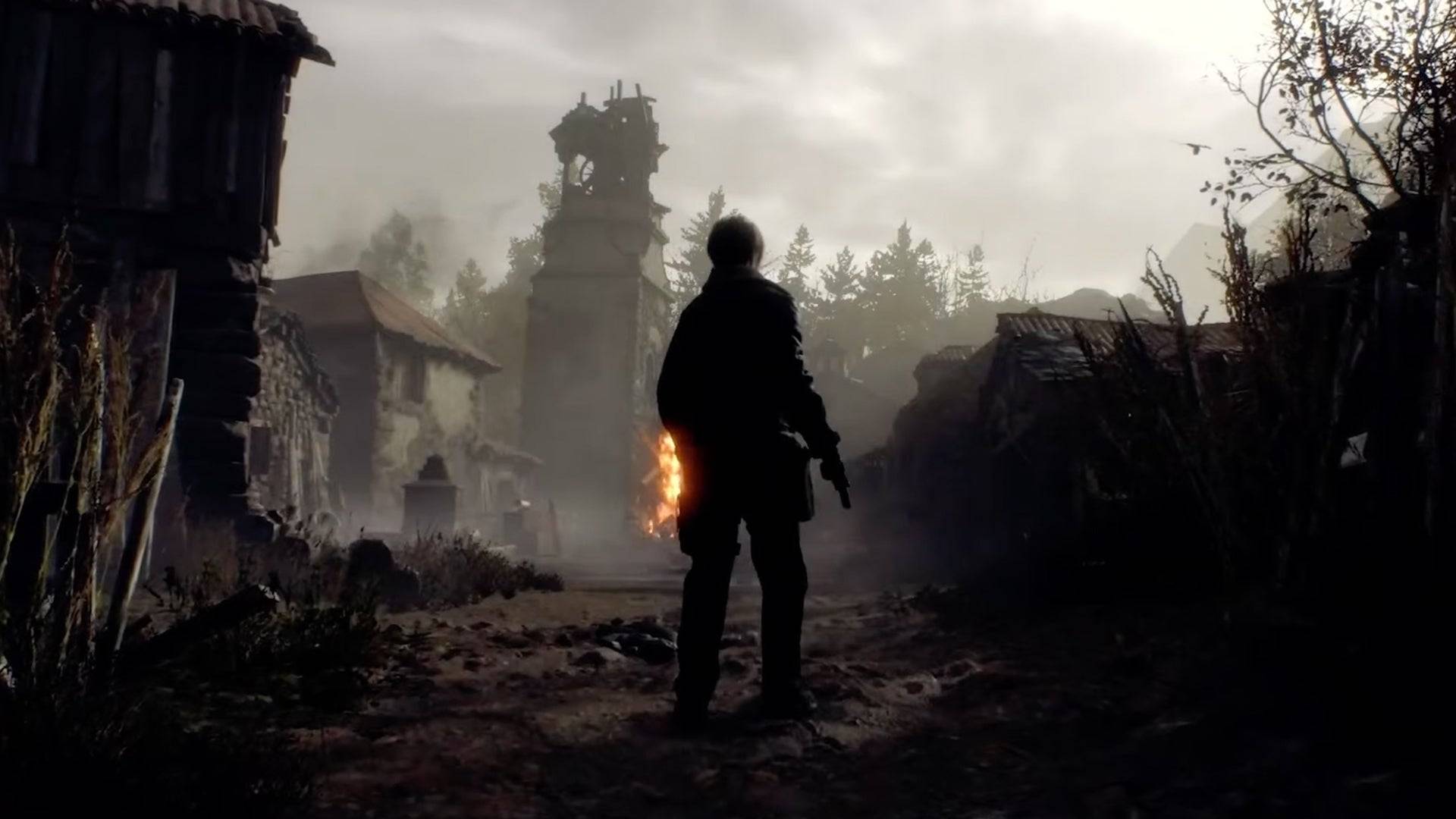 Horror reborn. Credit: Capcom.
Horror reborn. Credit: Capcom.
Concurrently, Devil May Cry director Hideaki Itsuno returned to the series with a renewed focus on making the "coolest" action game possible, leveraging Capcom's new RE Engine. "I felt like the main trend with action games was to make action games that were very kind," Itsuno admits. "Maybe, for me, a little bit too kind to the players, lending a hand to the player too much to my liking."
The Reason Behind The Change
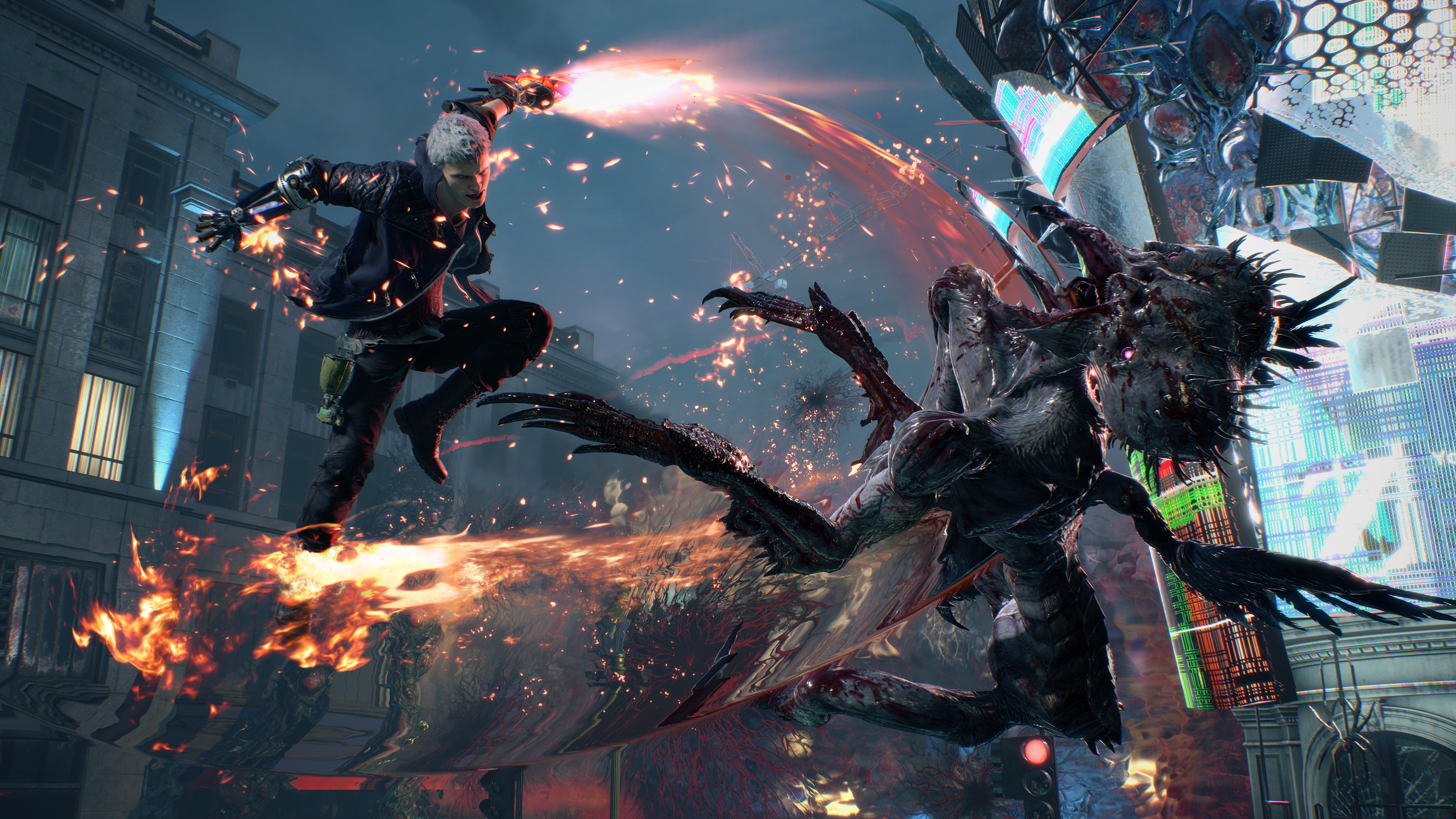 The goal? Make the coolest game ever. Credit: Capcom.
The goal? Make the coolest game ever. Credit: Capcom.
The RE Engine allowed Capcom's developers to create games with higher visual fidelity and more efficient development processes. "So the original concept for the RE Engine was to allow for a development environment that was less stressful and could help us to make things quicker," Ampo explains. "Because it’s an internally developed engine, when we needed any additional tools, well, we could ask for them internally. They could be fixed somewhat quickly, internally, and also iterated on."
This flexibility was crucial for Itsuno, who aimed to infuse Devil May Cry 5 with a sense of coolness and style. "Devil May Cry is a franchise that stands on being cool," Itsuno says. "That’s what the franchise is, it’s about being cool. Ever since I took over the series from Devil May Cry 3, I put everything that I, as a person, I considered throughout my life to be cool. Anything I’ve seen on TV, in movies, and comics I’ve read, any sport experiences I’ve had, I try to distill everything that I think is cool into what the game is."
A New Capcom Golden Age
Since 2017, Capcom has consistently released critically acclaimed games, achieving a level of consistency rare in the industry. This success is attributed to a focus on creating globally appealing games using the advanced RE Engine, which supports a wide range of genres.
"Capcom is going through a golden era, and, well, now we have to do everything we can so that this lasts one more year, one more year, and every year, one more year," says Monster Hunter's Tsujimoto. This commitment to maintaining quality and expanding their audience has allowed Capcom to navigate different genres without losing its core identity.
While other studios struggle to find their footing, Capcom's strategic changes over the past decade have ushered in a new golden age that shows no signs of slowing down. The company's ability to learn from its past and adapt has positioned it as a leader in the gaming industry, ready to continue its legacy of innovation and excellence.









 LATEST ARTICLES
LATEST ARTICLES 